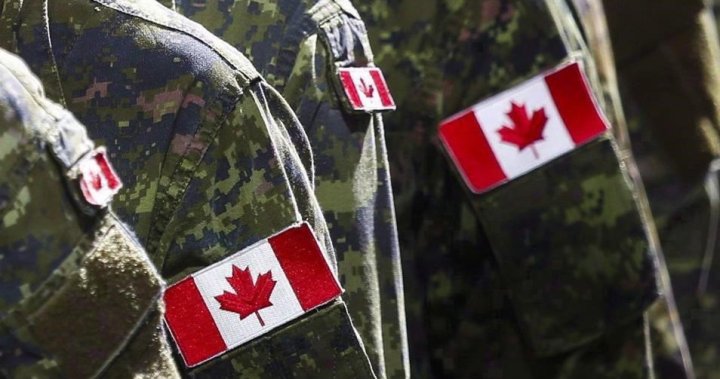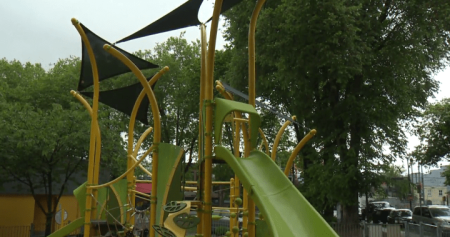Former chief of the defence staff, Tom Lawson, highlights the impact of Canada’s defence spending shortfalls on the Canadian Armed Forces. He believes that pressure from both international allies and Canadians themselves is necessary to bring about real change in how the government invests in military and defence. Maintaining bases and equipment is crucial for combat readiness, which can also affect the U.S.-Canada relationship. Lawson stresses the importance of investment in the military to ensure a well-functioning and efficient force for future decision-makers.
A recent report by Parliamentary Budget Officer Yves Giroux revealed significant errors in the government’s plan to increase defence spending to meet NATO’s target of two per cent of GDP by 2032. The report indicated that Ottawa would need to nearly double defence spending to $81.9 billion to achieve this goal. The forecast that Canada would spend 1.76 per cent of GDP on defence by 2030 was based on erroneous economic growth projections, casting doubt on the government’s ability to meet its commitments.
Giroux’s analysis criticized the Department of National Defence for using low GDP numbers that projected a recession for four consecutive years, leading to a discrepancy in defence spending projections. Despite the government’s reliance on NATO figures, Giroux’s office could not find matching numbers from the Organisation for Economic Co-operation and Development. Canada currently spends 1.37 per cent of GDP on defence, amounting to $41 billion, falling short of the projected targets for the coming years.
Lawson expressed his lack of surprise at the government’s off-target forecasts, emphasizing the need for investments to address the military’s maintenance issues. He criticized the government’s decision to cut $1 billion from the Department of National Defence’s budget last year, leading to a deteriorating state of military equipment and readiness. With almost half of Canada’s military gear unserviceable, Lawson advocated for increased investment to ensure bases, ships, and aircraft are reliable and functional.
The government has pledged $8 billion over five years for new equipment and defence needs, including submarines and Arctic security initiatives. While submarines are deemed a valuable investment, Lawson stressed the importance of investing in naval destroyers and creating a permanent presence in the Arctic region. Giroux estimated that an additional $6.5 billion annually would be needed to reach the 1.76 per cent target by 2030, posing challenges in balancing defence spending with other fiscal priorities.
In light of the significant funding gap to meet NATO’s target, Canadians are left wondering how the government plans to boost defence spending without compromising the country’s finances. Lawson suggested that the issue may need to be addressed in the upcoming election, as achieving the desired levels of defence spending while maintaining fiscal anchors could require difficult decisions such as cutting other expenditures or increasing taxes. Overall, the need for increased investment in Canada’s military and defence capabilities remains a pressing issue that requires urgent attention and action.















